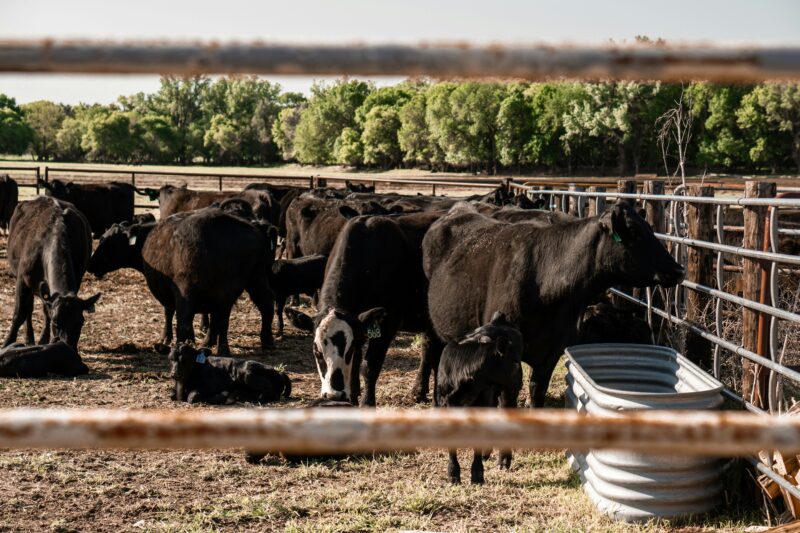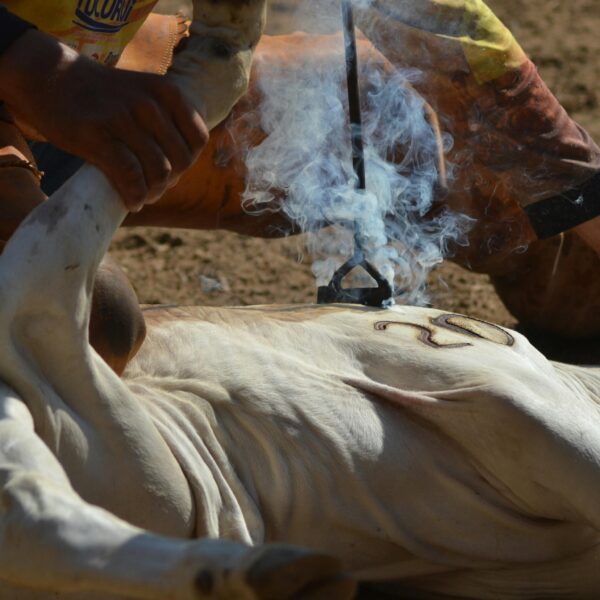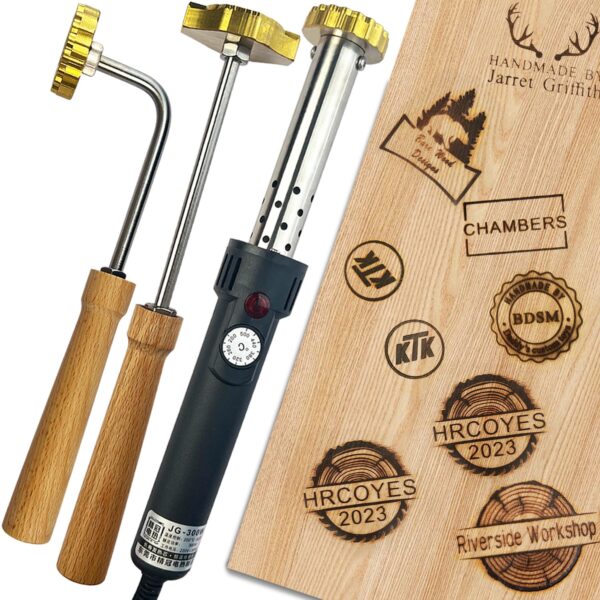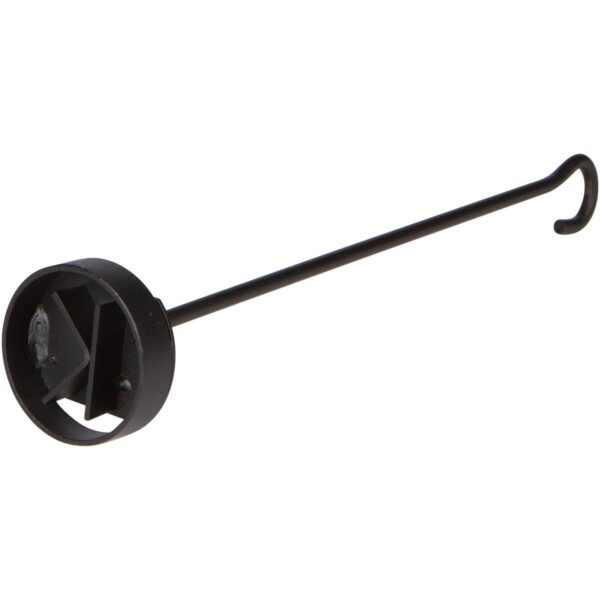
The age-old art of branding livestock and horses has evolved significantly, but one key element remains consistent: placement is everything. Whether you're using hot iron or freeze branding, understanding where to apply the brand is vital for visibility, effectiveness, and animal welfare. Let’s dive into the finer details of branding placement and methods to ensure responsible and humane practices in livestock identification.
Brand placement isn’t just about aesthetics—it has practical and ethical implications. Positioned incorrectly, a brand can be difficult to read, diminishing its purpose as a theft deterrent or herd identifier. Worse, improper placement can cause undue stress or harm to the animal. Ideally, a brand should be highly visible yet minimize discomfort and hide damage.
For hot iron and freeze branding, the shoulder, hip, and occasionally the rib area are the prime locations. These spots provide sufficient flat surface area for even application, ensuring the brand isn’t distorted as the animal grows. Placement also varies by purpose: registration brands often go on the shoulder or hip, while other marks may be positioned elsewhere for herd management needs.
Hot iron branding has been a traditional method for centuries, creating permanent, hairless scars. The process involves pressing a heated iron (typically around 500ºC) onto the animal's hide. To understand the pain levels and welfare implications associated with hot-iron branding, it's critical to consider the method's impact on the animal.

Here’s what you need to know about the placement for hot iron branding:
Offering a less painful approach, freeze branding uses extreme cold to deactivate hair’s pigment-producing cells, resulting in white hair growth in the branded area. This method has gained popularity thanks to its relative humaneness and minimal hide damage. Those interested in learning more about freeze branding can explore available resources to better understand its benefits.
When it comes to placement:
| Branding Method | Visibility | Pain and Stress Levels |
|---|---|---|
| Hot Iron Branding | High (dark, hairless scar) | Higher (burns cause significant discomfort) |
| Freeze Branding | Moderate to High (depends on coat color) | Lower (less tissue damage) |
In Montana, where both methods are recognized, you can find guidelines on the proper use and legal recognition of these techniques here.
Whether you're using heat or cold, following proper preparation steps ensures the brand is legible and minimizes complications:
With growing awareness of animal welfare, alternatives like microchipping, RFID tags, and even iris scanning are emerging. While effective, these technologies lack the durability and permanence of traditional branding, particularly on large, free-ranging herds. Still, they’re worth considering as part of an integrated identification system.
What’s Your Take? Whether you're loyal to traditional branding or exploring modern alternatives, responsible methods are key to balancing practicality with compassion. Which option works best for your operation? Share your thoughts in the comments below!

The "Woodworking Personalized Woodworker Christmas 1 5X1 5INCH" from Amazon offers custom branding irons for woodworking projects. These personalized tools allow woodworkers to stamp their unique logo onto wood or leather, making them ideal for personal branding or special gifts for craft enthusiasts. Perfect for enhancing handmade items or as a thoughtful Christmas or wedding gift for those who love to craft.

The Circle K Steak Branding Iron by BBQ Fans is an essential tool for steak and leather branding enthusiasts. Made from durable iron with a wooden handle, this branding iron offers precision and lasting quality for marking steaks with a unique touch. Ideal for DIY grill masters or as a unique gift, it adds a personal flare to BBQs or leather crafting projects. Not dishwasher safe, it includes one branding iron per package.
As we've explored the nuances of where to place brands in both hot iron and freeze branding, it's clear that a thoughtful approach can make all the difference in maintaining the well-being of your animals while ensuring the brand remains visible and effective. If you're as fascinated by the art and science behind branding as we are, we invite you to join us on Pinterest to discover more visual inspirations and insights. For behind-the-scenes glimpses and ongoing discussions, follow our journey on Instagram and see what the community is saying. We're also sharing updates and engaging with our followers on X (formerly Twitter). And don't forget to give us a like on Facebook for the latest articles and resources. We're excited to connect with you and hear your thoughts, so let's continue this conversation across our social platforms!
The most common site for branding calves is the upper hip, accounting for 17.1 percent. Other frequent locations include the side/rib, shoulder, and lower hip. Branding on the rump, head, or neck is rare, occurring in less than 1 percent of animals.
Hot iron branding involves the use of heated irons, while freeze branding employs irons cooled to extremely low temperatures. When applied to the skin, the cold iron numbs and freezes the skin cells. As the skin thaws, it blisters and eventually sheds, leaving a distinct mark.
Most calves are branded between two to four months old. If a calf is particularly young or considered a late birth at the usual branding time, it's often advisable to allow it to grow a bit more before branding.
To perform freeze branding using dry ice and alcohol, you will need a cattle management facility equipped with a restraining area (squeeze chute), freeze branding irons, a non-metal ice chest (plastic or Styrofoam), dry ice, denatured alcohol, clippers, a power source for the clippers, and a spray bottle.

Immerse yourself in architecture’s most boundary-pushing ideas—where innovative home improvements meet visionary urban developments. Discover new building techniques, materials, and creative concepts that are redefining how we shape our spaces on a global scale.